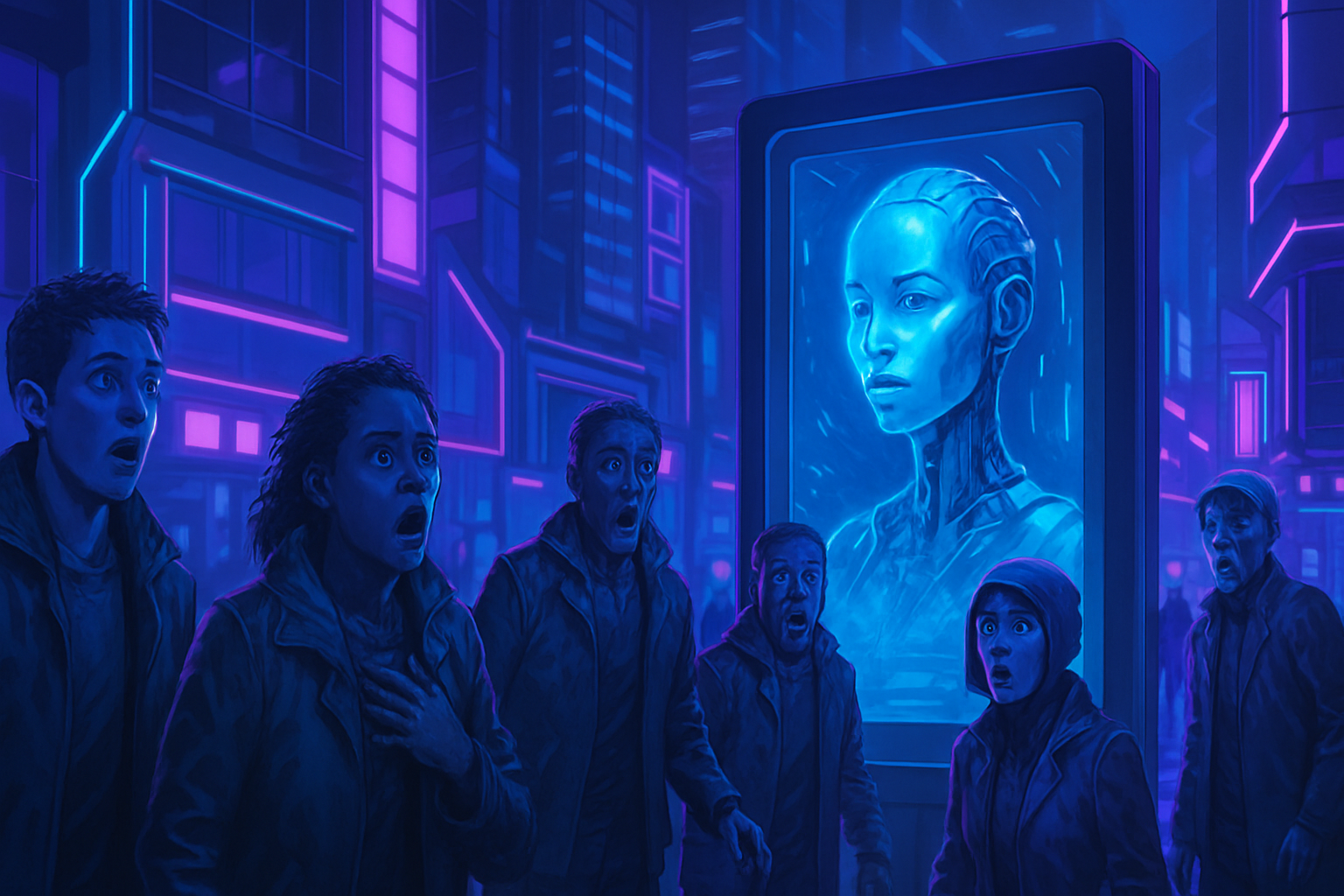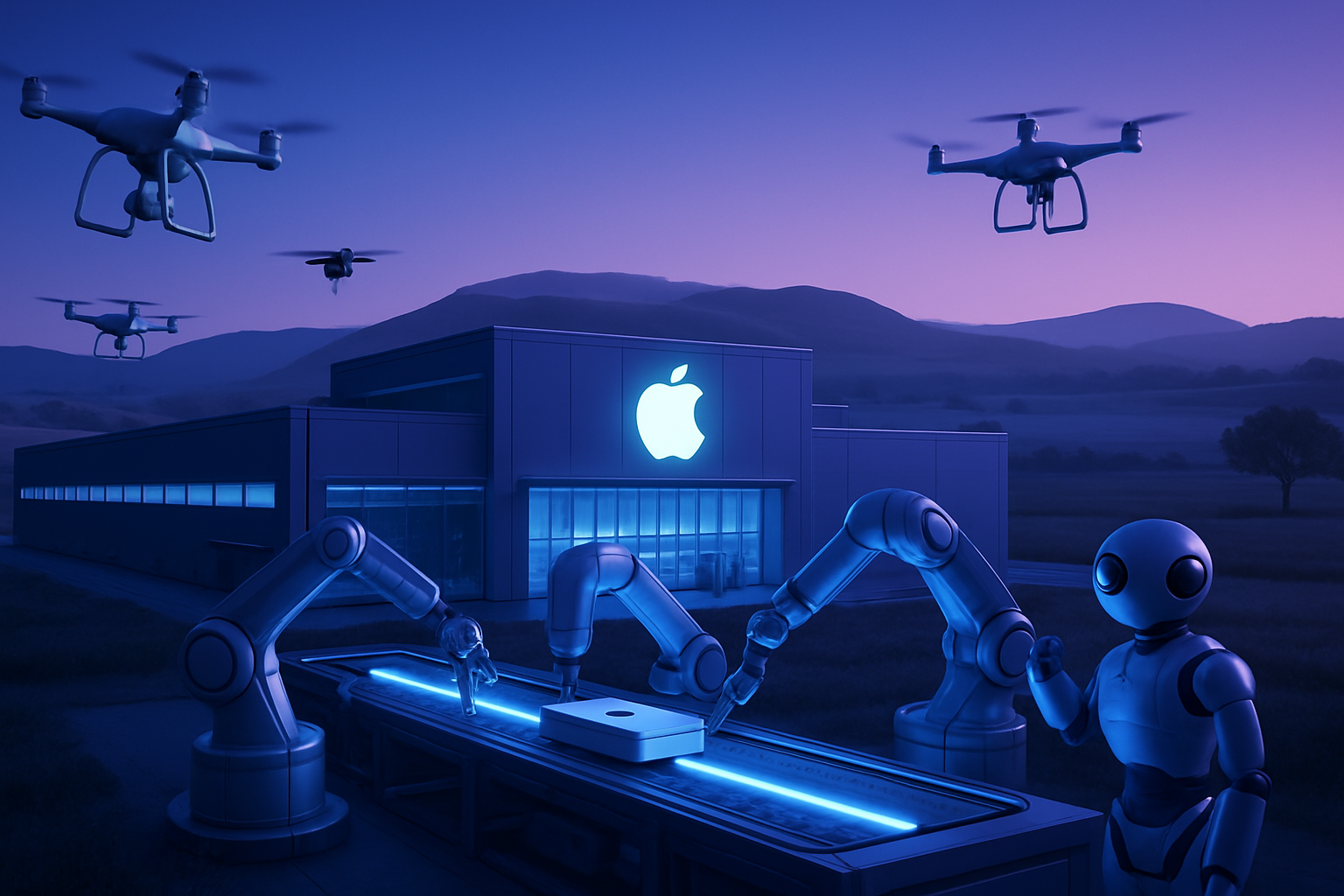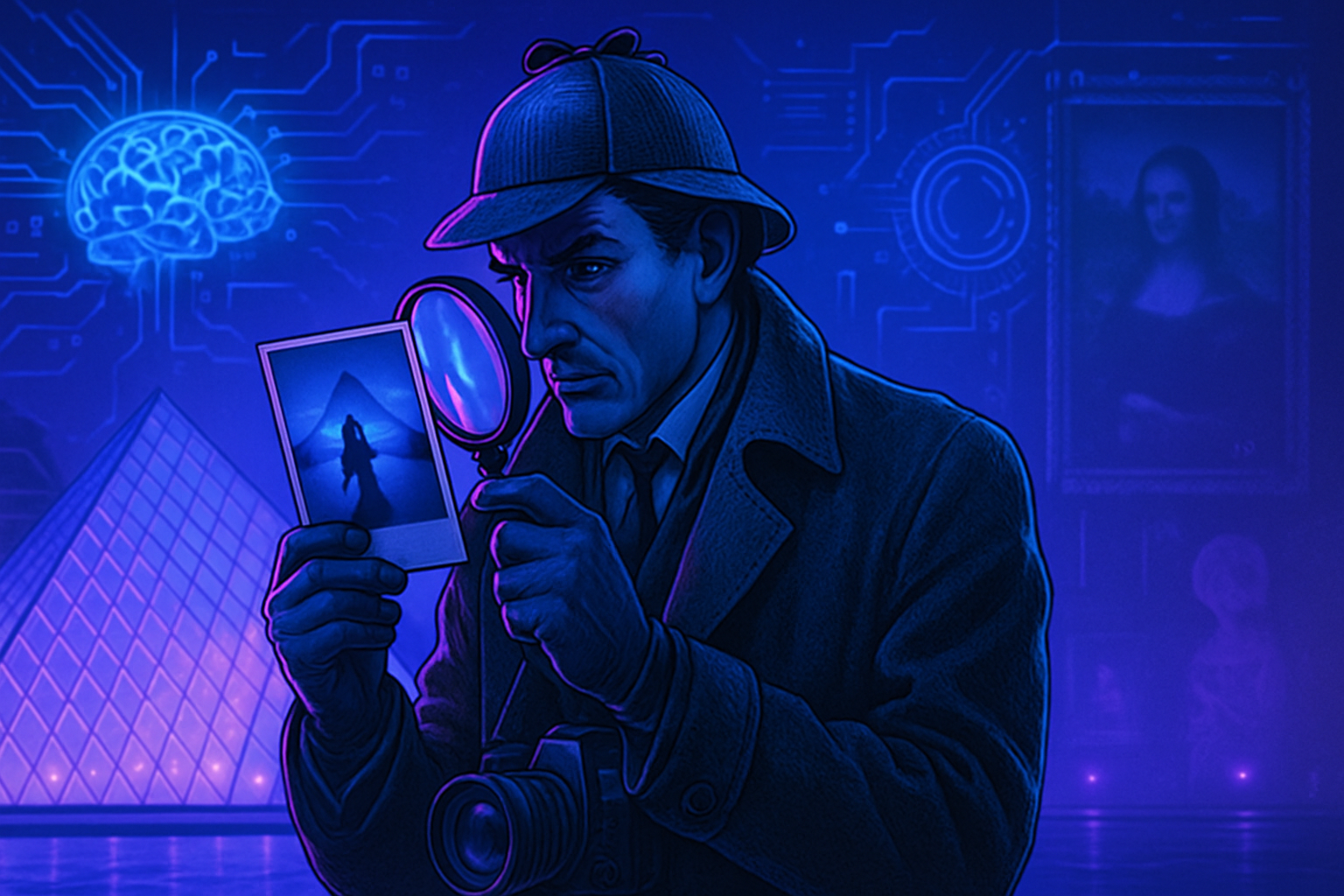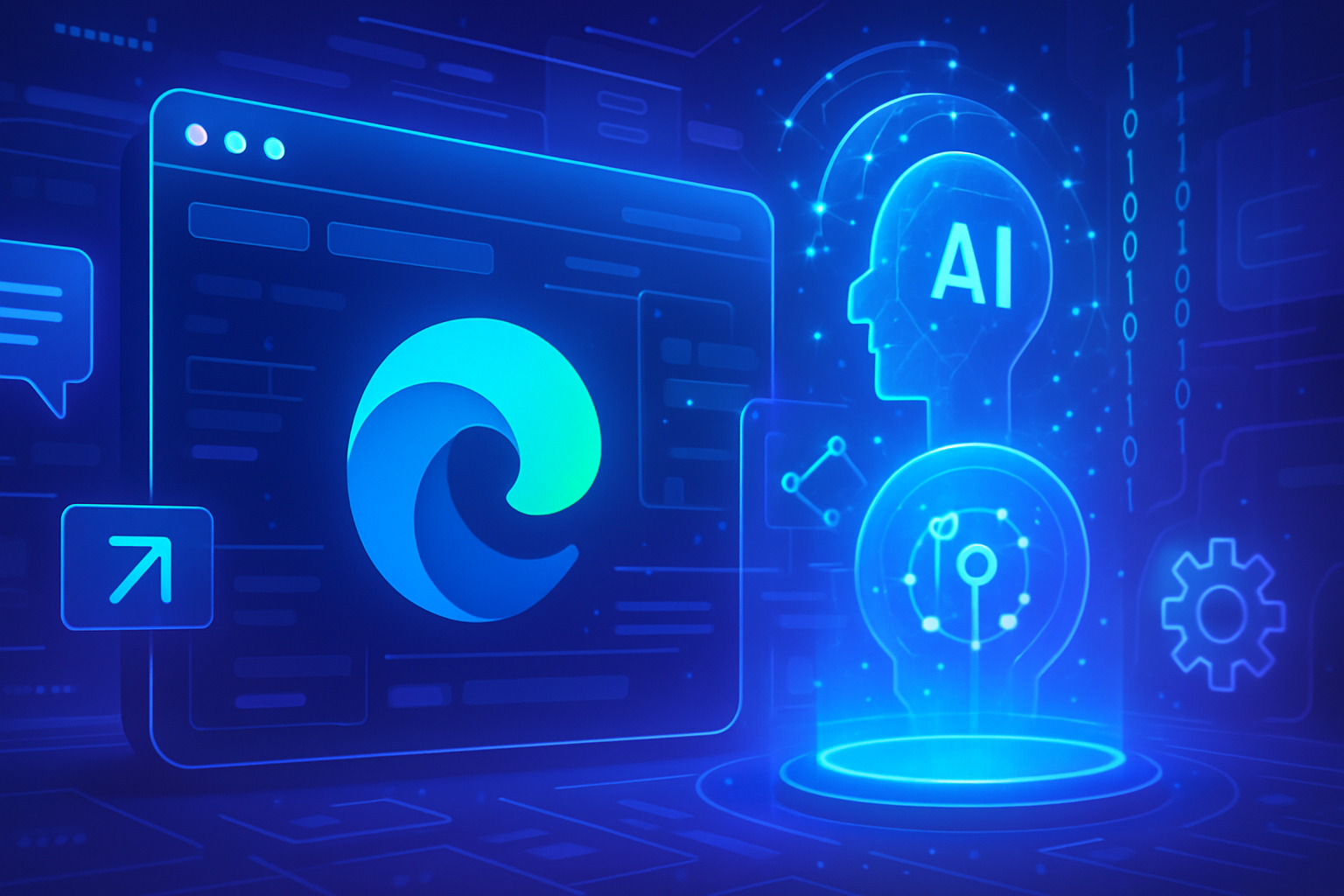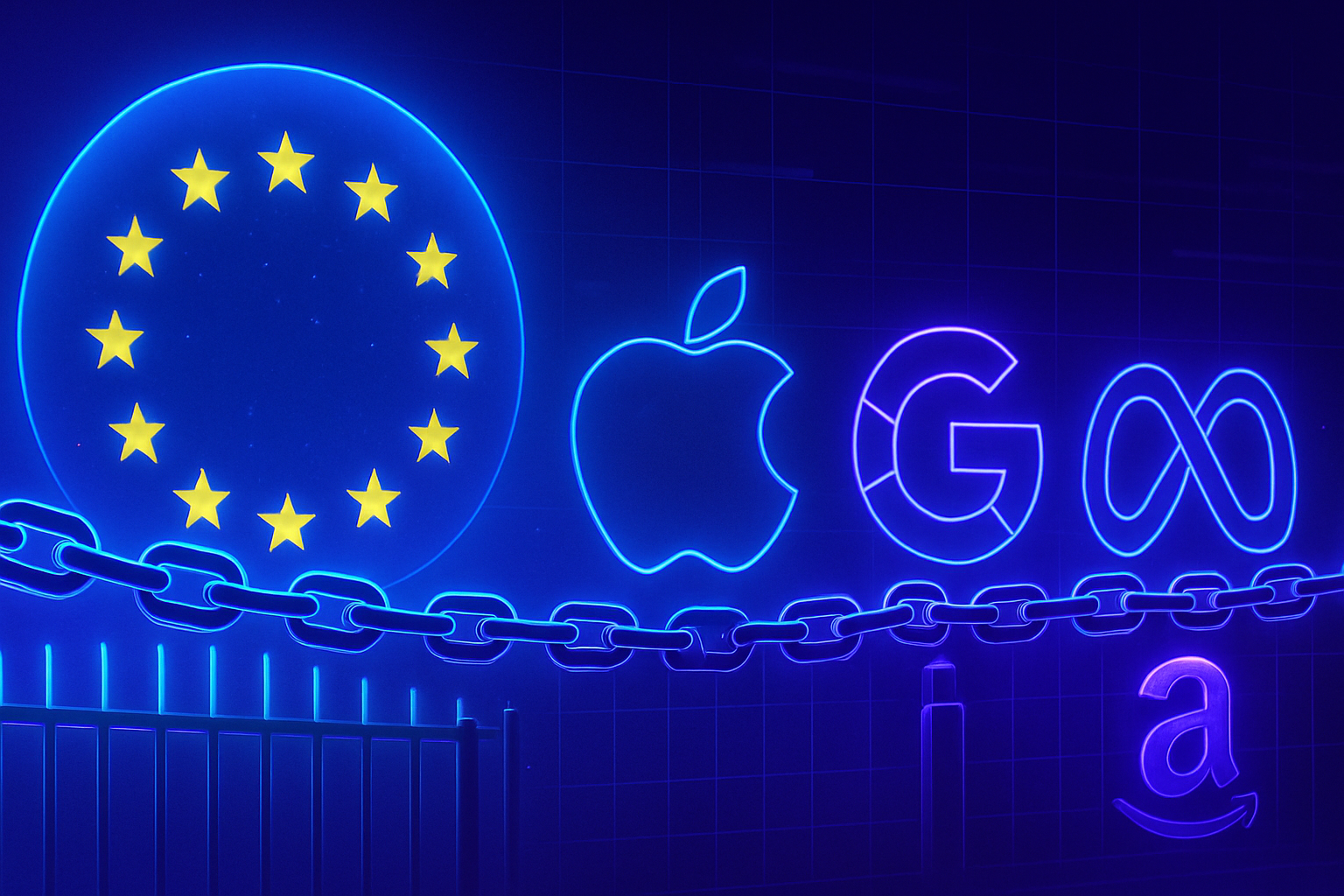3D modeling redefines tactile interaction. Contemporary tools ♥ abstract tactile properties, neglecting the very essence of materials. A new paradigm is emerging, merging visual analysis and tactile perception.
Current modeling techniques often require advanced expertise, leaving innovation by the wayside. Tools like TactStyle are revolutionizing this approach by integrating textures and sensations, offering varied applications, from design education to rapid prototyping. The fusion of aesthetics and touch redefines creative experiences, pushing the boundaries of interactions with the tangible world.
Advances in 3D Modeling
3D modeling tools have become essential for various industries, ranging from film to product design. They often rely on text inputs or images to define visual appearance, including color and shape. However, these systems suffer from a lack of realism, neglecting a central dimension of the human experience: touch.
The Limits of Traditional Methods
The tactile properties of physical objects, such as roughness or texture of materials like wood and stone, are essential to users’ perception. Existing modeling methods often require advanced expertise in computer-aided design. Few of them provide tactile feedback, crucial for how individuals interact with their environment.
TactStyle: A Significant Innovation
Within the MIT Artificial Intelligence and Computer Science Laboratory, researchers have developed a new system called TactStyle. This innovative tool allows stylizing 3D models based on images while integrating the expected tactile properties of textures. TactStyle dissociates visual and geometric stylization, thus facilitating the reproduction of visual and tactile properties from a single image.
Applications and Practical Uses
Faraz Faruqi, a PhD student and leading author of a publication on the project, emphasizes that TactStyle could have varied applications. This includes interior decoration, personal accessories, and tactile learning tools. Users and designers can download a base model, such as a headset holder, and customize it with desired styles and textures.
Educational Impact
In the educational field, TactStyle allows learners to explore different textures without leaving the classroom. Product designers benefit from facilitated rapid prototyping, significantly enhancing their tactile refinement capabilities. Faruqi envisions using this system for everyday objects, like phone stands, to enrich tactile feedback.
Technology and Methodology of TactStyle
Traditionally, replicating textures requires specialized tactile sensors, such as GelSight. This approach necessitates having a physical object or its surface recording. TactStyle, on the other hand, generates a heightfield directly from a texture image using generative AI.
Customization and Accessibility
Modeling platforms like Thingiverse also pose challenges in terms of customization. A user without technical training might struggle to manually modify a design, risking making it unusable. The design of TactStyle addresses the need for high-level customization while maintaining functionality.
Results of Experiments
Experiments conducted with TactStyle reveal notable improvements over traditional styling methods. Psychophysical tests show that users perceive textures generated by TactStyle as being similar to expected tactile properties. An experiment confirmed that these textures offer a unified tactile and visual experience.
Future Perspectives
Researchers aim to extend TactStyle to generate innovative 3D models integrating textures using generative AI. They are also exploring “visual-tactile inconsistencies,” aiming to create unprecedented experiences with materials that defy traditional expectations. For example, an object seemingly made of marble could be perceived as wood.
This innovation could revolutionize the fields of design and education, making interaction with digital representations both visual and tactile.
For more information on AI and design-related events, visit related articles such as those on the use of AI in interior design by IKEA (source) and on generative video models in the molecular world (source).
Common FAQs
What is 3D modeling experienced through touch?
3D modeling experienced through touch combines the creation of three-dimensional models with tactile properties, allowing users to physically feel the texture and shape of the modeled objects.
How does the TactStyle tool work for tactile modeling?
The TactStyle tool allows users to stylize 3D models from images by separating visual and geometric stylization, which is crucial for reproducing both the visual appearance and tactile properties of a texture.
What are the practical applications of tactile modeling?
Applications range from interior decoration and personal accessories to tactile learning tools, facilitating education by enabling learners to explore various textures without leaving the classroom.
Does tactile modeling require advanced design skills?
No, TactStyle and other similar tools are designed to simplify the customization process of 3D models, allowing users without advanced technical skills to easily modify downloaded designs.
What types of objects can benefit from tactile modeling?
Everyday objects such as phone stands, earphone cases, and other common designs can benefit from more complex textures and improved tactile feedback through this type of modeling.
How does TactStyle improve the tactile experience compared to traditional methods?
TactStyle uses artificial intelligence to generate “heightfields” directly from texture images, allowing for precise reproduction of tactile properties without requiring the presence of a physical object.
What are the current challenges in tactile 3D modeling?
Challenges include creating models that realistically replicate tactile properties and integrating these models into manufacturing and 3D printing processes.
What is a “heightfield” in the context of tactile modeling?
A “heightfield” is a digital representation of the microgeometry of a surface, allowing simulation of relief variations and textures of an object in a 3D model.
How does TactStyle handle differences between visual and tactile experience?
TactStyle uses an innovative approach by integrating geometric stylization to create a model that promotes a harmonious and coherent tactile and visual experience, linking the two perceptions.
Can tactile modeling be used in education?
Yes, tactile modeling tools like TactStyle can be used to create educational tools that help teach concepts in various fields such as biology, geometry, and topography.

